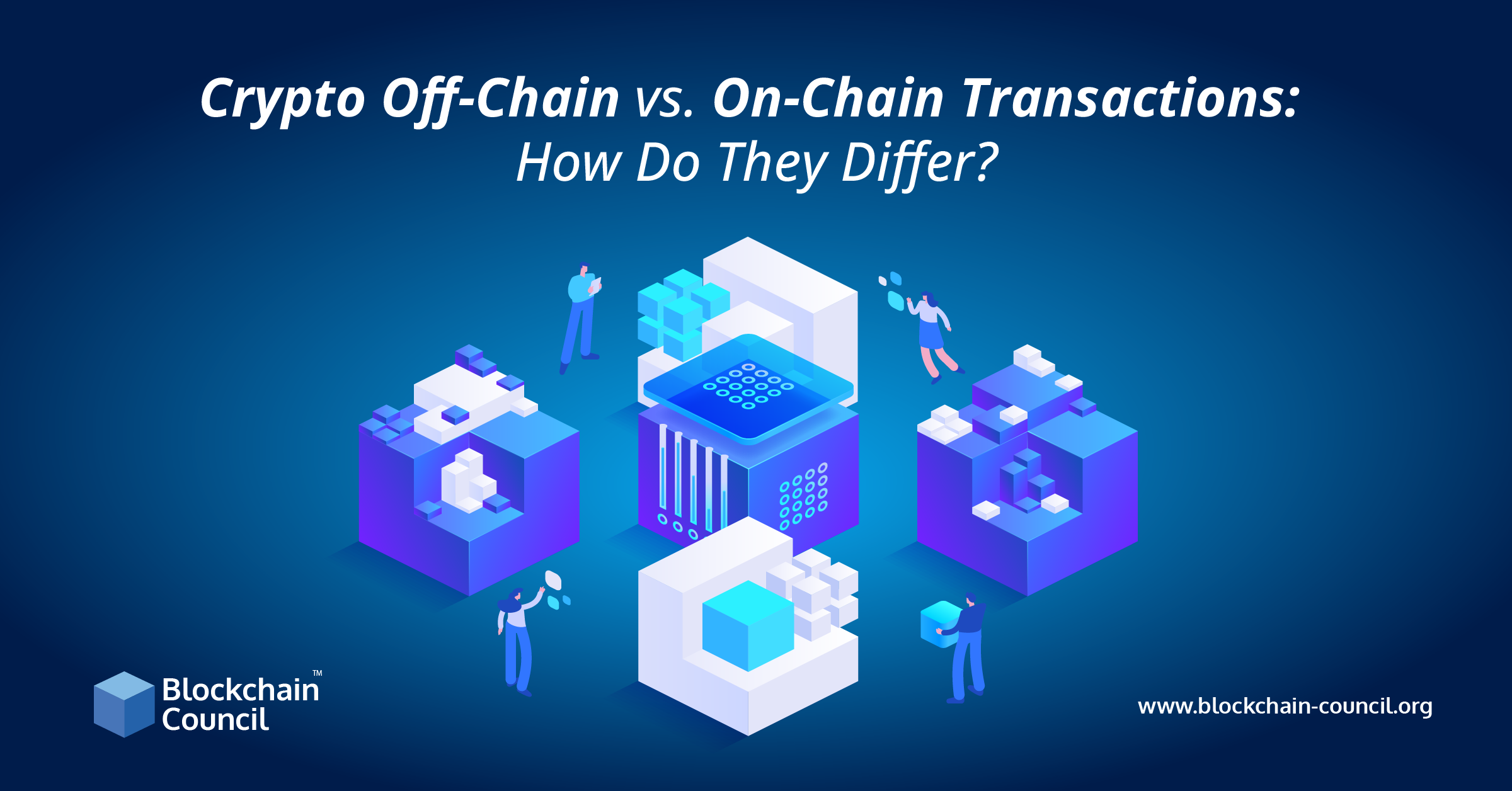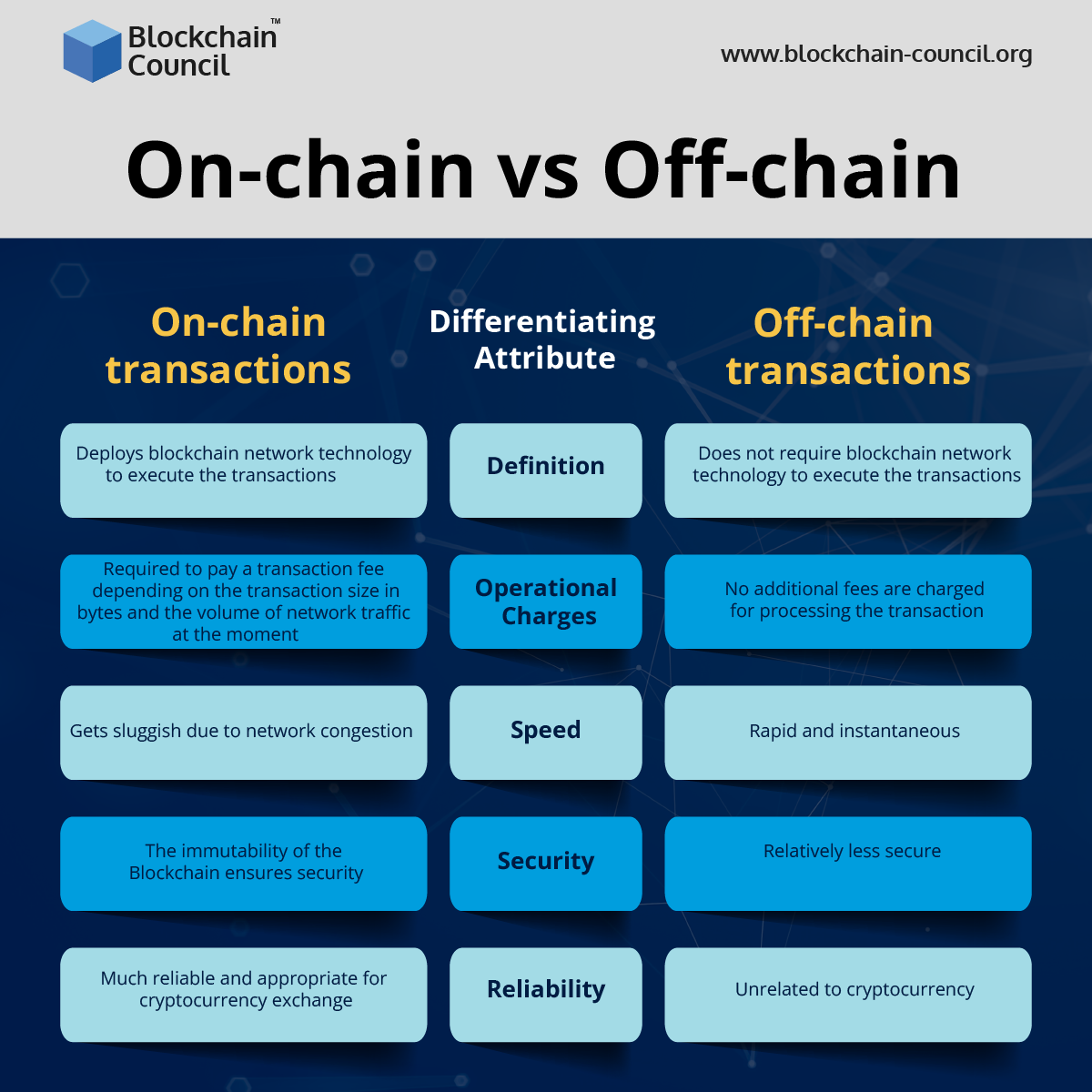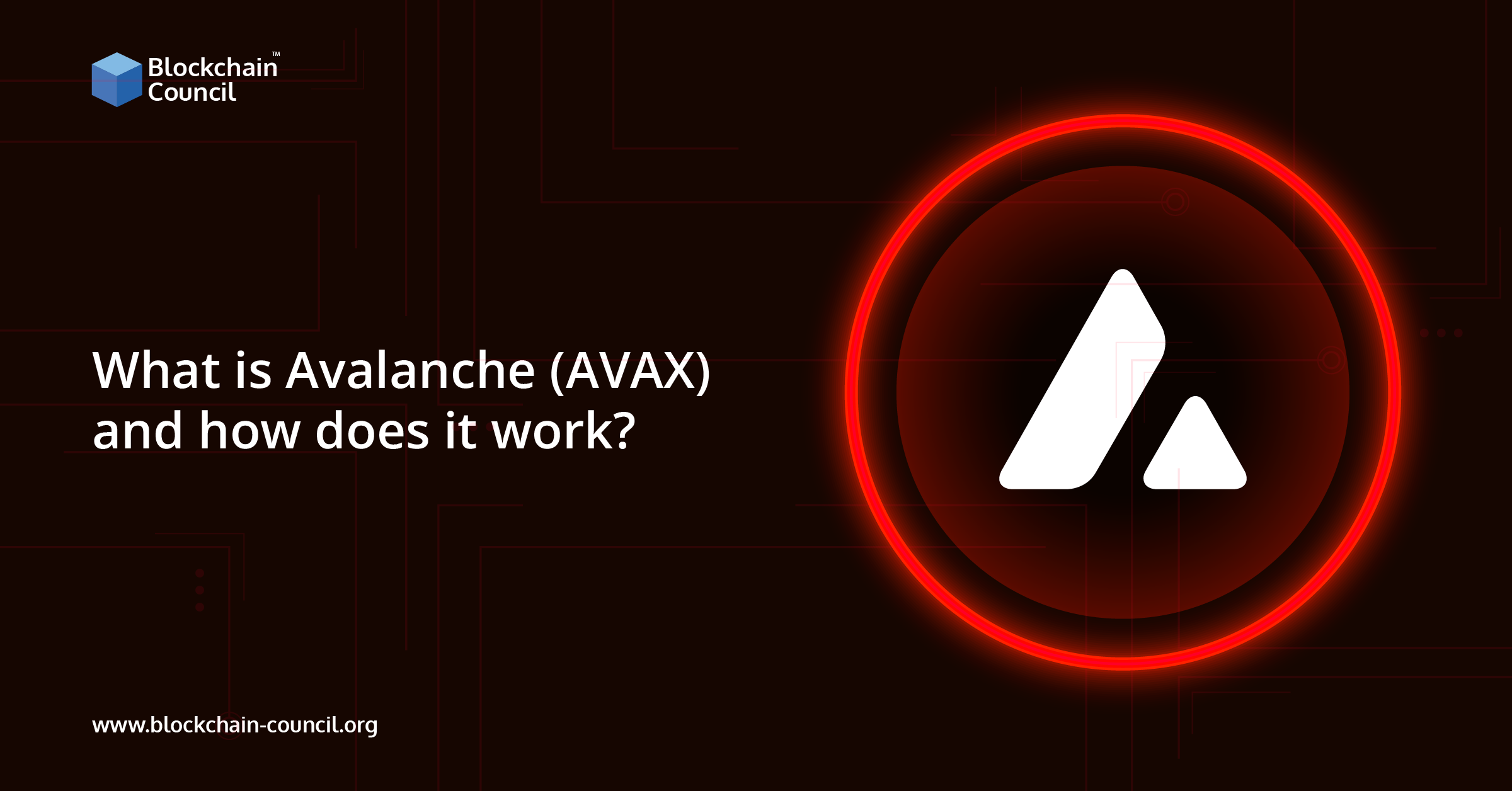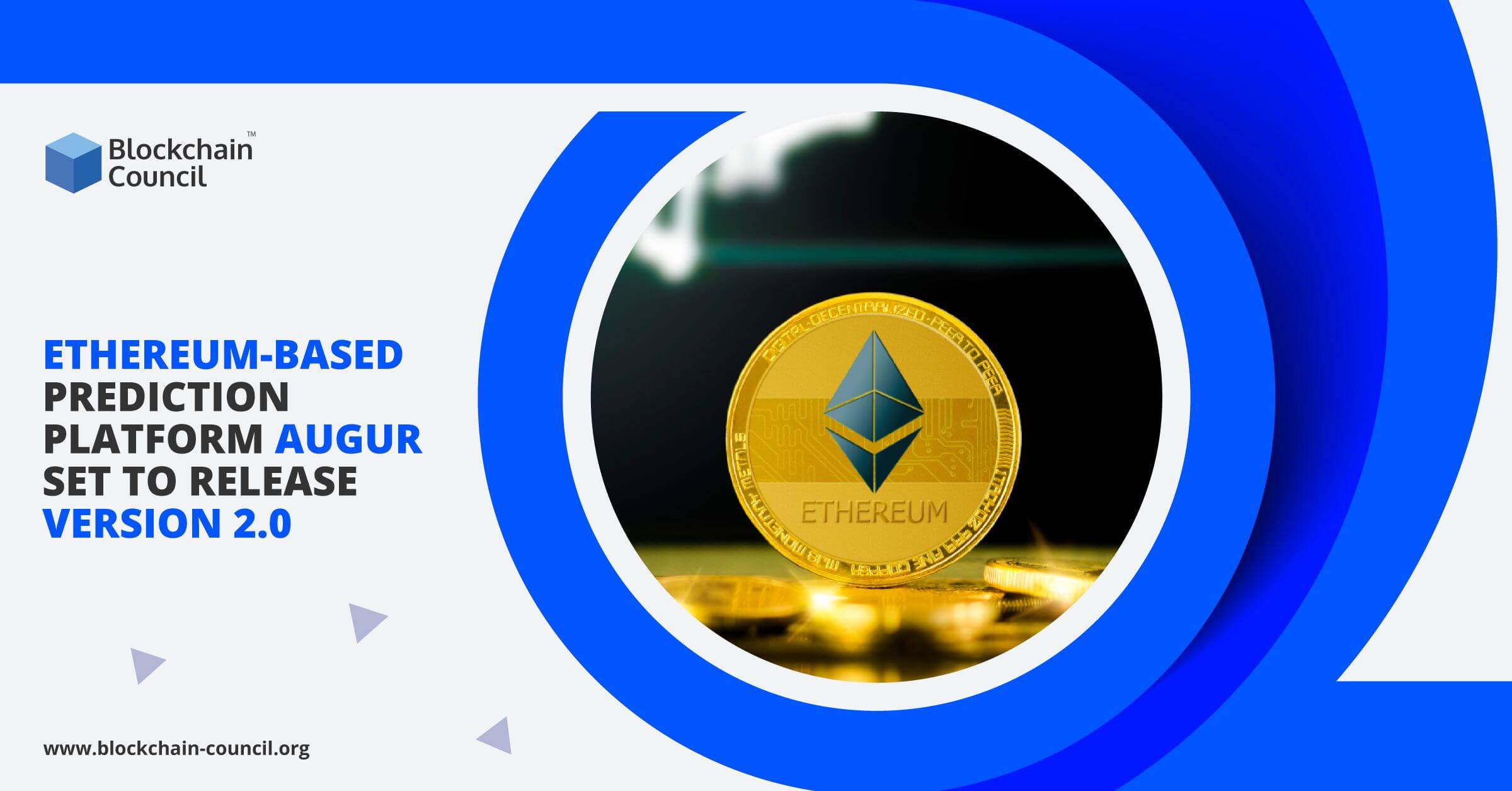
- Ayushi Abrol
- September 07, 2022
Blockchain technology is revolutionizing the whole digitalization system across sectors. The major advantage of blockchain solutions is that they provide a lease on transaction transparency for both the recipient and the grantee. In recent years, organizations have started managing data for blockchain-based solutions as either on-chain or off-chain storage techniques. This can be accomplished by storing data in a private or public blockchain service.
In this post, we will look at the on-chain and off-chain notions, as well as the differences between them.
On-Chain Transactions
On the Blockchain, miners confirm and store Bitcoin on-chain transactions. The blockchain network is updated and disseminated after adding transactions to the ledger.
A transaction must go through many steps before it can be put into the Blockchain. You must hold Bitcoin on the Blockchain and have it locked in an address in order to conduct an on-chain transaction. To transmit Bitcoin to a recipient’s address, you must first generate a private key. Any user who conducts an on-chain transaction is required to pay a transaction fee, which changes depending on the transaction size in bytes and the volume of network traffic at the moment.
Transaction processing can be sluggish at times due to network congestion, as a Bitcoin transaction with a greater fee is usually prioritized and processed faster.
Because of its transparency, the Bitcoin network is safe and dependable. Counterfeiting or double-spending attacks are unlikely because the Blockchain is transparent and the public ledger is immediately visible to all network participants. The immutability of the Blockchain ensures security. Nothing in the blocks can be modified, including transaction information, timestamps, or other data. Potentially harmful assaults are prevented from taking place.
On-Chain Transactions: When Should They Happen?
On-chain transactions must take place in real-time in order to maintain blockchain transactions’ speed, transparency, security, and validity. However, this is an uncommon occurrence in practice. Furthermore, since on-chain transactions require authorization from network participants acquiring enough verifications and authentications from network members may be time-consuming.
Miners must also validate transactions by utilizing computers to solve difficult math problems every time a block transaction is uploaded to the Blockchain. If the transaction volume is high or the network is congested, it may take the miners longer to validate all of the transactions. This happens especially when the number of miners are limited. As a result, the other participants in the transactions will have to wait until the issue is fixed. Participants may, however, have the option of paying a transaction charge to expedite the validation process.
On-chain transactions may allow rapid settlements during the early stages of a blockchain when transaction volume is minimal. New network protocols and cryptocurrencies geared at enabling quick settlement are becoming more common.
Advantages of On-Chain Transactions
Bitcoin’s Blockchain is by far the most secure database ever devised. In its 12 years of existence, bitcoin has never been hacked, nor has it ever been forged or spent twice on the Blockchain.
In addition, the Bitcoin network is extremely trustworthy. Since its inception, Bitcoin has had a 99.986 % uptime, and a 100 % uptime since 2013, implying that the Bitcoin network has never been down or unavailable. These levels are unrivaled, even among the world’s top tech corporations.
You benefit from this extraordinary security and reliability when you deal on-chain. You may safely assume that once your transaction is added to the Blockchain, no one will be able to alter or reverse it. Any other monetary system would be unable to provide such assurances.
Disadvantages of On-Chain Transactions
As demand for transactions on the Bitcoin blockchain grows, transaction fees are projected to climb. Bitcoin transaction costs have been steadily rising in recent months. Transaction fees can be a major burden for many users, especially those that transact in tiny sums.
Additionally, fresh Bitcoin transactions are confirmed every ten minutes on average. As a result, confirmation of your transaction can be quite time-consuming. While this is still a significant advance over the previous banking system, some users may find it inconvenient.
To mitigate the limitations of on-chain transactions, several protocols and services exist to support off-chain transactions, which frequently provide lower prices and faster settlement times.
Off-chain transactions
Exchanges that are outside the Blockchain and can be completed via a variety of techniques are the focus of off-chain transactions. The transfer must be agreed upon by both parties, and then the transaction must be validated by a third party. The off-chain approach can even be used to perform coupon-based transactions. The parties or individuals involved in the transaction must purchase the coupons in return for the cryptocurrency and communicate the information with the third party who claims the coupons. Off-chain transactions are rapid and instantaneous, with none of the additional fees associated with on-chain transactions.
There are numerous off-chain protocols available as compared to on-chain protocols. The Lightning Network, Liquid Network, and others are among them.
The Lightning Network
The Lightning Network is a Layer 2 protocol built on top of Bitcoin’s Blockchain that allows users to conduct infinite transactions quickly and cheaply. In addition, cross-chain atomic swaps are also possible on the Lightning Network, providing even more simplicity and variety without the use of third-party custodians.
It’s a decentralized peer-to-peer network, which means users can interact by encrypting their Bitcoin in a multi-signature address and funding it with a funding transaction. Participants can utilize the address for off-chain transactions to make as many transactions as possible until the blockchain balances are completed.
Liquid Network
The Liquid Network is a sidechain protocol, meaning that while data is saved on the Bitcoin blockchain, transactions are processed independently. Like the Lightning Network, it is built on top of the Bitcoin blockchain and allows users to conduct off-chain transactions while ensuring security and privacy.
The Liquid Network is more inexpensive and faster than the main Blockchain, and it’s confidential, which means it doesn’t expose the amount of money involved in a transaction. Liquid’s only drawback is that it is not decentralized. They are, in fact, regulated.
Custodial Services
Custody solutions refer to a third-party service that keeps and safeguards tokens on behalf of institutional investors who transact huge amounts of bitcoin. Tokens can also be stored via online wallets and private keys, although these aren’t foolproof. Each user’s keys contain complex alphanumeric sequences that are difficult to memorize and employ, and these codes can be accessible to intruders. Hackers are equally attracted to online wallets. Custody solutions are a new development that reflects institutional investors’ growing interest in the cryptocurrency ecosystem.
Drawbacks of Off-chain transaction platforms
One of Bitcoin’s flaws, according to opponents, is its lack of scalability. The Blockchain will never be able to meet customers’ demand to transact in bitcoin because each Bitcoin block can only carry a specific amount of transactions.
Each off-chain platform has its own set of advantages and disadvantages for users. However, off-chain platforms offer similar benefits across different solutions: lower fees and faster transactions.
Off-chain platforms have different disadvantages. The Lightning Network, for example, necessitates the deposit of funds, and Lightning payments are limited by the capacity of each payment channel.
For peg-in transactions, the Liquid Network comprises some of Bitcoin’s trustlessness by requiring 100 confirmations. Custodial solutions put trustworthiness, transparency, and decentralization at risk.
Difference between On-chain and Off-chain

Transactions that occur outside of the blockchain network are known as off-chain transactions. Participants that agree that a third-party will guarantee or verify the transaction’s legitimacy or completion can conduct off-chain transactions. For example, the two participants might also trade their private keys, allowing them to exchange crypto assets without transferring any funds from their digital wallets.
Off-chain transactions, however, take place without causing any changes to the Blockchain. As a consequence, the blockchain miners are not required to queue to validate transactions, which lowers transaction fees and speeds up the process. Off-chain transactions are also not recorded on the Blockchain, therefore in case of a conflict between the parties there is no network record of the transaction or financial data available.
On-chain transactions, on the other hand, are processed on the blockchain network and are irreversible Although on-chain transactions take much more time owing to the validation procedure used by miners, having the transaction approved by participants and broadcast on the blockchain network considerably improves security.
Off-chain transactions are unrelated to cryptocurrencies; however, on-chain transactions are appropriate for cryptocurrency transfers. The usage of Decentralised Identifiers (DIDs) is an excellent illustration of this. A DID might be public domain information, and it could be pegged to the public in the same way that Bitcoin is.
On the other hand, the PII (Personally Identifiable Information) is associated with the DID. It is held on a sidechain to which only you have authorization. You have complete control over your identity data on the blockchain and thus you can decide who, when, where and how to share the PII data with.
Conclusion
There are several criteria to consider when selecting whether to finish transactions on or off the Blockchain. Off-chain transactions are excellent for people searching for transactions that are quick, cheap, and discreet. On the other hand, for those desiring security, validity, and immutability, on-chain transactions may be preferred. Knowing the benefits and drawbacks of both on-chain and off-chain transactions, as well as what your expectations are from your payment experience, can help you make the best decision for your needs.
If you aspire to become a blockchain professional, then Blockchain Council’s extensive certification courses are available for you. You can easily enrol for these pocket-friendly courses that not only provide with theoretical knowledge but also in-field training. These certification courses will provide extra wings to your resume.





































































 Guides
Guides News
News Blockchain
Blockchain Cryptocurrency
& Digital Assets
Cryptocurrency
& Digital Assets Web3
Web3 Metaverse & NFTs
Metaverse & NFTs
